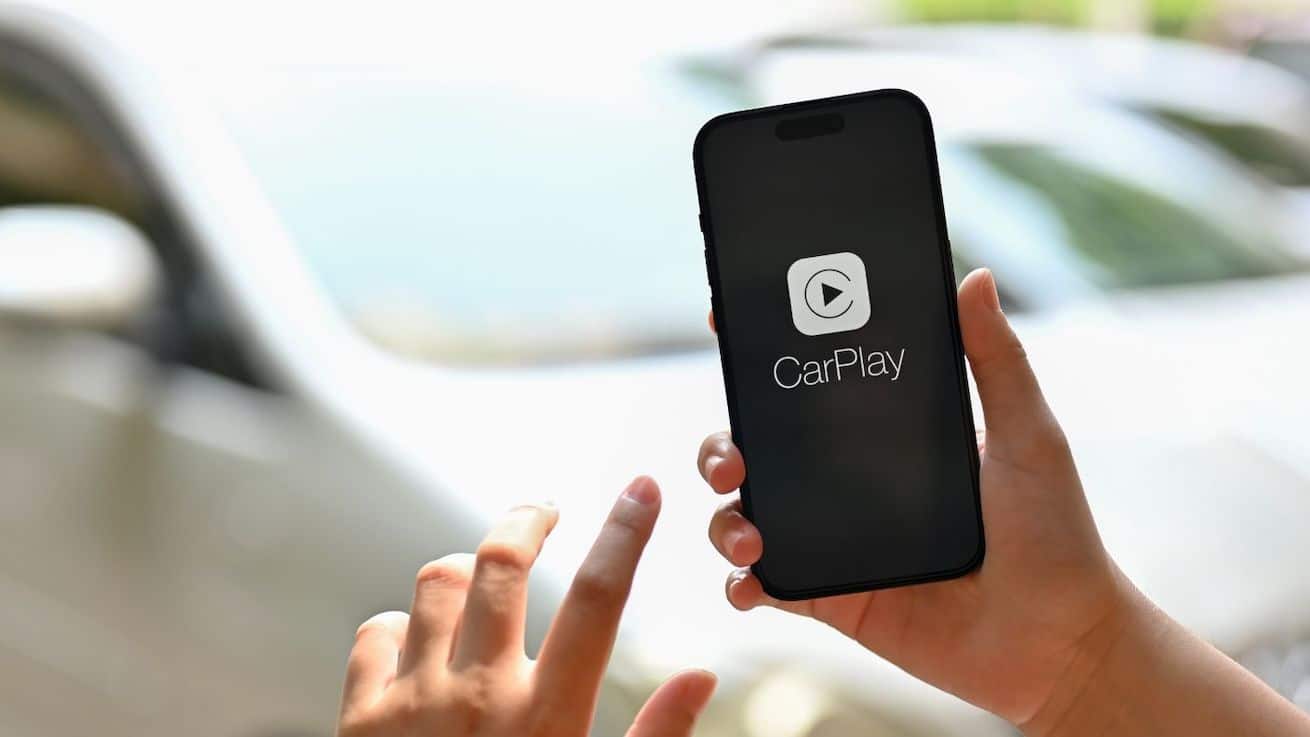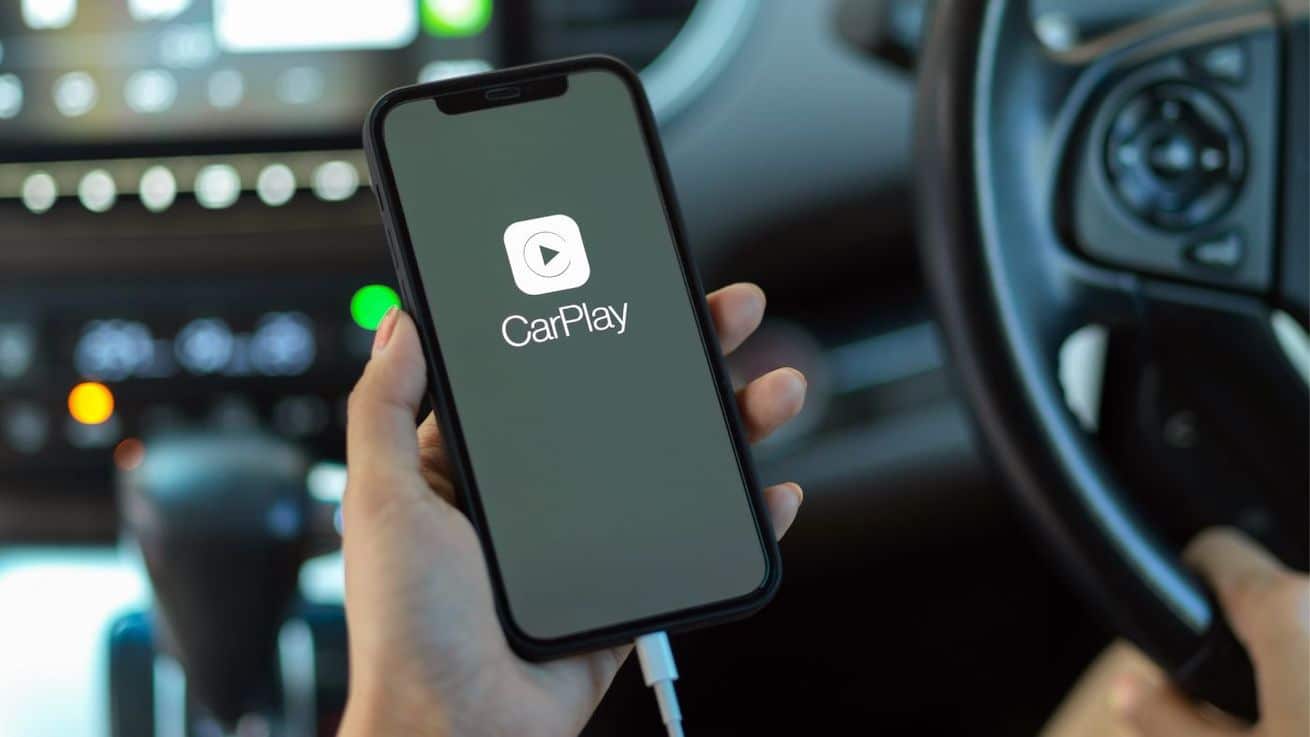Android Auto vs Apple Carplay: A Comprehensive Comparison
In the sphere of automotive technology, two prominent competitors that offer integrated smart solutions are Android Auto from Google and Apple CarPlay from Apple Inc. Both are infotainment systems designed to ameliorate the driving experience by providing a means to control music, navigate, and remain connected via calls or text messages, using voice commands or touch screen controls.
When we explore Android Auto, it is evident that the strength of this system lies in its impressive navigation with Google Maps and its compatibility with various car models. However, Apple CarPlay excels in the domain of user interface design offering an intuitive, sleek and streamlined experience that aligns with its broader Apple aesthetic.
The choice between these systems depends on individual needs and preferences, be it the form of interface, app support, or the individual’s Iphone ecosystem. Both systems have managed to integrate technology into automobiles with efficacy, each leaving its own indelible mark on the evolution of the in-car experience.
Thus, the comprehensive comparison illustrates no outright ‘winner’, but rather a fascinating interplay and competition between the two tech giants. In today’s era of technology-driven solutions, our smartphones are an integral part of our lives that tend to influence our day-to-day activities, even while driving.
Thanks to innovations like Android Auto and Apple CarPlay, we can leverage our phone capabilities even in our cars. This article offers a detailed comparison of Android Auto vs Apple Carplay, both leading in-car smartphone integration systems for Android and iOS users respectively.
Android Auto vs Apple Carplay: Third Party Integration

Android Auto and Apple CarPlay are both highly useful systems that enhance the in-car experience. A key aspect of these systems is their ability to integrate third-party applications. Android Auto excels by holding higher compatibility with popular music apps, navigation, and communication applications.
Apple CarPlay, conversely, maintains a more closed ecosystem, limiting its third-party integration mostly within its own applications. While both have their strengths and weaknesses, Android Auto appears to offer a slightly broader spectrum of compatibility options.
Overview of Android Auto
Android Auto is Google’s specially designed app that integrates an Android phone with a car’s infotainment system. It offers a user-friendly interface, large buttons, and powerful voice actions to minimize distraction and ensure that users stay focused on the road.
Android phones can be used on your car’s display to make phone calls, voice assistants, or even to reproduce Youtube music and Amazon music tunes. The Google Assistant’s ability to understand speech can help you translate voice into text with ease.
Overview of Apple Carplay
Apple CarPlay, on the other hand, is Apple’s foray into the realm of in-car technology. It allows users to connect their iPhones to their car’s infotainment system, transforming it into a feature-packed, smart dashboard. The default apps would appear on the car’s dashboard.
The use of Apple’s trademark interface and popular features like Apple Music and Apple Maps is reflected in CarPlay. Siri suggestions can be be useful for playback controls or even to open more third party apps without having to put your hands on your phone.
Integration with your smartphone and dashboard
Integration with your phone and dashboard is seamless for both Apple Carplay and Android Auto. As soon as you plug your phone into your car’s USB port, the infotainment system recognizes the app you’re using and shows your applications on your car’s screen.
User experience and ease of use are the two facets where Apple Carplay and Android Auto shine equally. Podcast apps can also be displayed on the Android auto’s full screen setup. If you want to display more apps on a single screen, you have the ability to do so as well.

If you are like me, then you probably need the navigation routes to get to your final destination. I get lost all of the time and without Waze or any other navigation app i would not make it anywhere. These apps can also give you alternative route options in case there is a lot of traffic.
Android Auto and Apple CarPlay significantly transform navigation experiences in vehicles. These interfaces amalgamate vital functions of smartphones with the vehicle’s built-in infotainment system, bringing enjoyable and user-friendly navigation right at the driver’s fingertips.
The synchronized display of maps, instant real-time traffic updates, and voice assistance for hands-free directions enable an effortless journey. Notably, the primary appeal of Android Auto and Apple CarPlay lies in their sophisticated yet intuitive design, prioritizing safety without compromising on functionality—an exemplary embodiment of technology complementing modern driving experiences.
Google Maps on android auto
For navigation, Android Auto users can use Google Maps, a highly appreciated map application that offers turn-by-turn directions, traffic conditions, and parking information. In 2022, Android users can also use Waze, another popular navigation and mapping app available on Android Auto.
Using Apple Maps on Apple Carplay
Apple CarPlay uses Apple Maps for navigation. It offers similar features to Google Maps, but Apple Maps also provides vector-based maps which consume less data than Google Maps. The integration of Siri for the issuance of voice commands is a hallmark of Apple Maps.
The interface in Android Auto brings the familiar Android look while Apple CarPlay provides iOS users with the environment they’re accustomed to. Both of these interfaces make the transition from handling the phone to the car’s infotainment system seamless and intuitive.
Comparing Voice Assistant Functionality
Android Auto features Google Assistant that responds to various voice commands. Google Assistant stands out due to its ability to interpret natural language commands and integrate with third-party apps like Spotify and WhatsApp.
Thriving on the voice assistant function within Apple Carplay is Siri. Not only it lets you make calls or send messages home but you can use Siri to play music or listen to your favorite audiobook or podcast while driving, thus making it a multifunctional voice assistant.
Both Google Assistant and Siri offer a robust range of commands, allowing users to read and reply to messages, start navigation, and play music, amongst other things. The voice commands feature adds significantly to the safety quotient of both Android Auto and Apple CarPlay.
Notification and Messaging Features On Third Party Apps
With Android Auto, interactions, including calls and notifications, are managed efficiently. As phone screen content is mirrored on the car’s infotainment system, receiving and managing notifications becomes fast and comfortable without causing distractions.
Apple CarPlay uses Siri to read out notifications and messages to the driver. To respond, the users can dictate their message, and Siri will send it. This keeps the conversation going without the need for the driver to even touch the phone.
Both the platforms display notifications from selected third-party apps, not just calls. From music apps like Spotify to messaging services like WhatsApp, both Apple CarPlay and Android Auto provide several options for their users to choose from. You can also send texts via Facebook messenger and interact with your friends.
Wireless connectivity and compatibility
Wireless Android Auto lets a user connect their Android phone to their car’s infotainment system without a USB wire. However, it is to be noted that all car models don’t support wireless Android Auto, and it is advisable to check the car’s compatibility.
Wireless connectivity in Apple CarPlay works similarly, connecting your iPhone wirelessly to the car’s infotainment system. All you need is a compatible vehicle and an apple device that supports wireless CarPlay.
The primary difference between the wireless strategies of Apple CarPlay and Android Auto centers around compatibility. While most new car models tend to support both, certain older models may have limitations, creating a divergence between Apple Carplay and Android Auto in this regard.
Last Updated on: March 16, 2025

